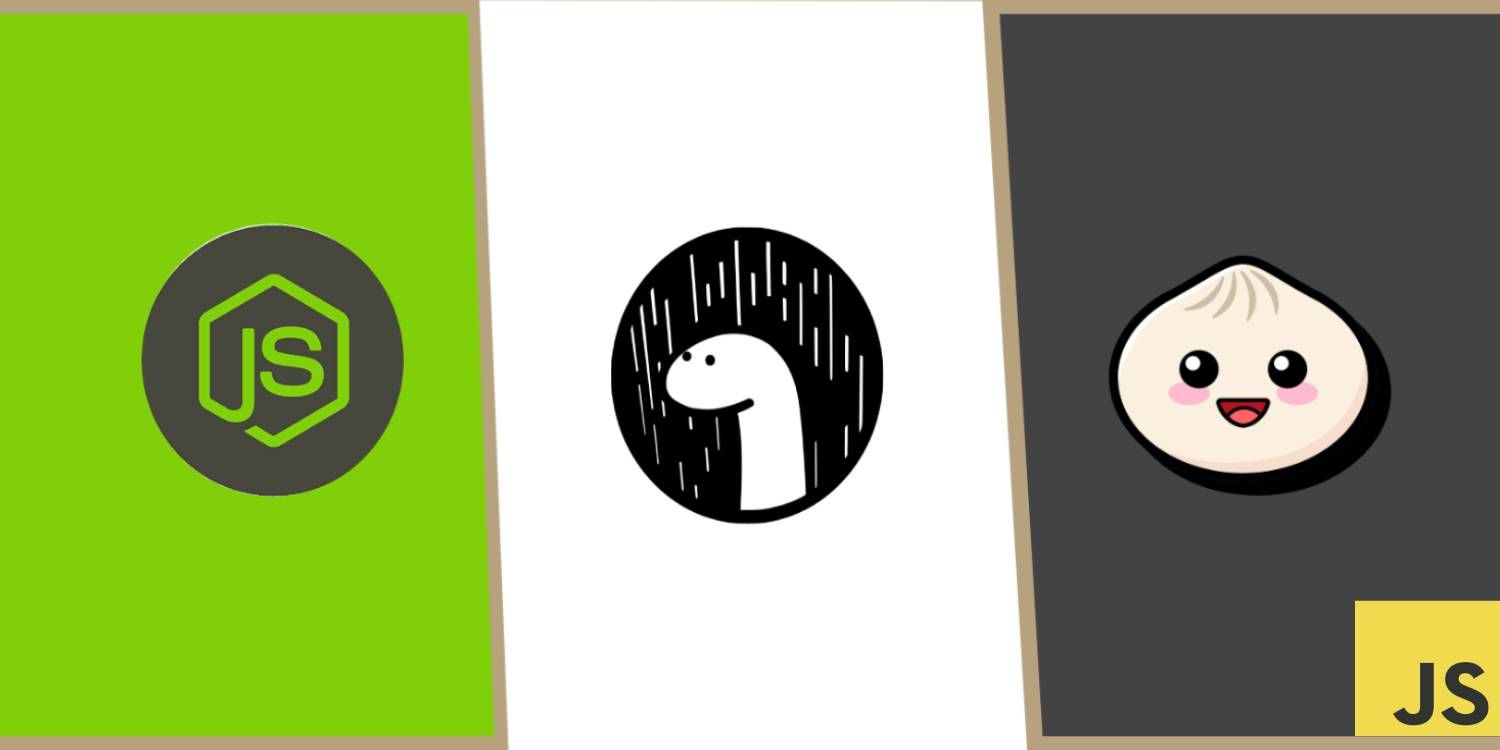Getting new frameworks and libraries all the time is something JavaScript is famous for. In July 2022 the ecosystem welcomed a new member: Bun.js. Here, we'll take a look at Bun.js and see how it affects the wider JavaScript ecosystem.
What Is Bun.js?
Bun is defined as "a fast all-in-one JavaScript runtime”. It is the third of its kind after Node.js and Deno.js, created by Jarred Sumner using the Zig programming language.
Its major aim is to provide a platform for running JavaScript outside the browser just like Node.js and Deno.js, but Bun advances to provide new levels of speed and enhanced complexity.
How JavaScript Has Evolved
JavaScript was originally built to run only inside browsers, powered by engines like SpiderMonkey and V8. In 2009, Ryan Dahl embedded the V8 engine into a C++ program which he called Node.js. JavaScript, since then became relevant for various uses like server-side and real-time applications.
Promises and ES modules are examples of modern JavaScript features that didn't exist when Node.js was created. Ryan also gave a talk in 2018 on things he regretted about Node.js. His regrets inspired the creation of Deno.js which he released in 2020.
Deno is an executable built with Rust that aims to tackle all Node’s flaws such as security, performance, and native TypeScript support. It is significantly faster and more secure than Node, and it comes with tools absent in Node.js.
However, Deno hasn’t gained the massive adoption expected even after four years of release, seeing that most modern systems already are Node-based and change can be a pain for developers. Having to rewrite most npm packages for Deno support also challenges its adoption.
In July 2022, a new runtime appeared in beta -- "Bun.js" -- which has been a trending topic in and out of the JavaScript community. The interoperability with Node.js and high-speed performance it claims to offer have been the showpiece. It has also raised discussions that there’s finally a “Node-destroyer” around.
How Does Bun.js Compare to Node.js and Deno.js?
Node, Deno, and Bun are all runtimes for JavaScript outside the browser, this doesn’t neutralize the differences between them.
Node.js was written in C++, Deno in Rust, and Bun in Zig. “The low-level control over memory and lack of hidden control flow in Zig make it easier to write fast software” states Bun's website.
While Node and Deno both run Google’s V8 engine, Bun leverages the “quick-start” performance of Webkit’s JavaScriptCore engine which Apple’s Safari uses. Benchmark results from the website show how Bun beats both Node and Deno in performance, operating at least 3X faster than both runtimes.
Bun has npm (Node package manager) built-in which makes package installation from npm easy and fast (20x the speed in Node), it also supports TypeScript and auto-transpiles TS and JSX files. Other exciting features of Bun include an inbuilt SQLite3 client, web APIs like fetch and WebSocket, environment variables autoloading, and a test runner.
Of all three, Bun takes the cake for performance. Node remains the most stable one with a very large community, while Deno is currently the most secure one.
Will Bun.js Really Impact the Ecosystem?
The ecosystem is excited by Bun’s release. It’s agreeable that the hype around Bun has been huge since the announcement. It is absolutely such a big deal. JavaScript developers would really love it considering its “blazing” speed and robust tooling for productivity.
Furthermore, Bun’s Discord server already has over 2000 members which proves the excitement in the community for this new technology.
What Is the Future of Node.js, Deno.js, and Bun.js?
JavaScript isn’t going away anytime soon. In reality, it is one of the technologies we are sure would still be very much around in 10 years’ time from now. Node, Deno, and Bun have a future too.
Node is still regularly updated, version 18.0 just released recently, therefore its future remains intact even with Deno and Bun around. Many companies like PayPal use Node in their infrastructures, and even new startups are following suit.
The case is similar for Deno, which is actively developed and growing bigger. Deno is also advancing into a SaaS solution to provide managed JavaScript runtime services.
Bun.js is still unstable and has limited support (you need Windows Subsystem for Linux to run it on Windows). Although it has so many capabilities, It can’t be an option for production-ready software now as there is still a lot of work to do on it.
While the future is definitely promising for Bun, it is logical to believe that these three technologies will most likely end up co-existing in the ecosystem, not one replacing the other.
Bun.js Might Be a Game Changer
With Bun, a lot of things might get better about JavaScript. It’s probably time for JavaScript to gain better adoption in performance-critical fields like AI/ML, game development, etc. Head to the Bun.sh website to learn how to install and start developing with Bun.


